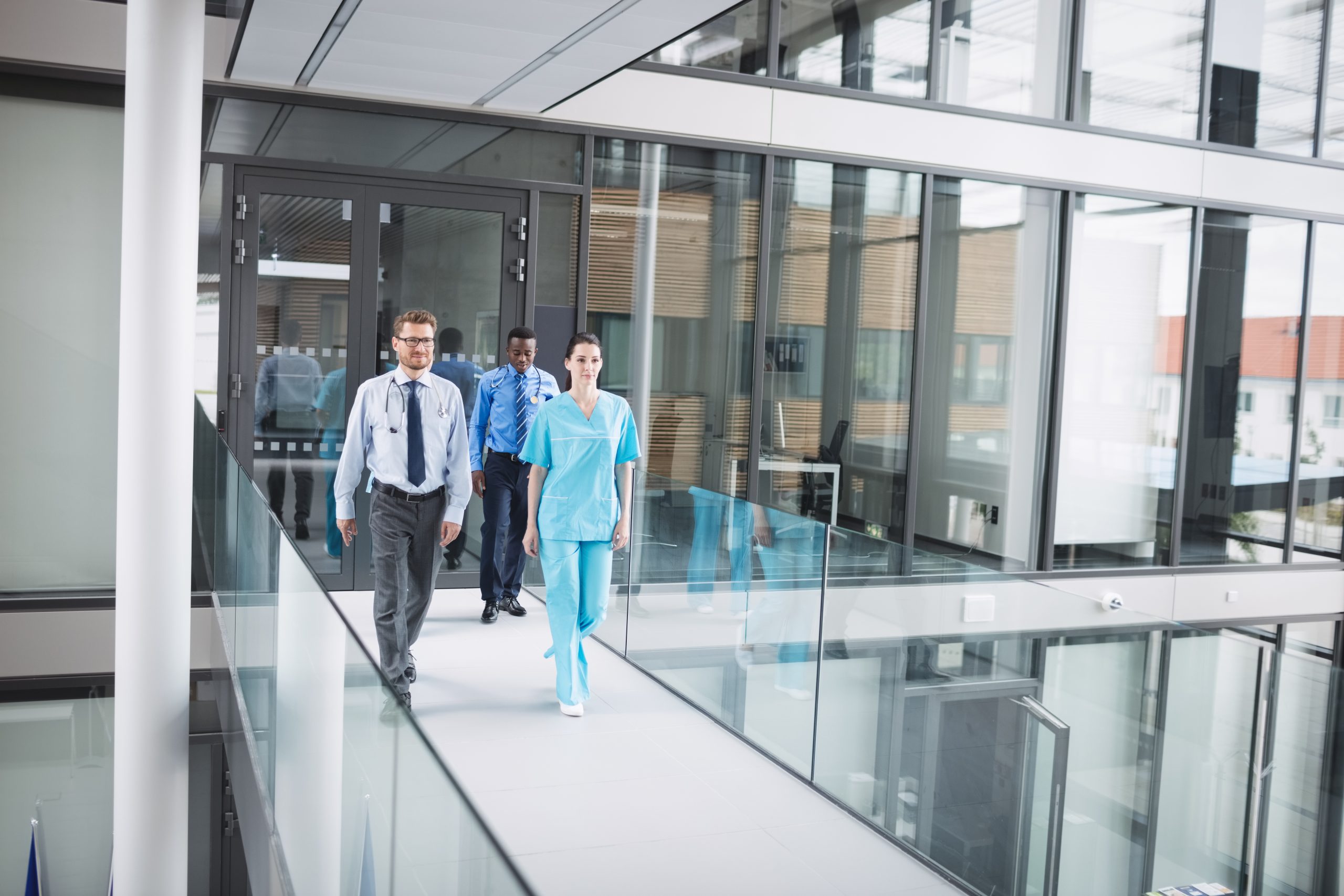Mechanical engineering design is the branch of engineering that incorporates mathematical rules and engineering physics with materials science to plan,

Hospitals are among the most complex buildings to design and operate. Their unique requirements, including strict regulations, continuous operation, and diverse functional needs, make efficient engineering systems crucial. Mechanical, Electrical, and Plumbing (MEP) engineering plays a pivotal role in meeting these demands while ensuring patient safety, comfort, and operational efficiency. This article examines how MEP engineering enhanced efficiency in a major hospital project, showcasing the expertise of InnoDez, a leader in MEP design.
Hospitals require a balance between advanced technology, sustainability, and human-centric design. Key challenges include:
These challenges demand innovative MEP solutions tailored to the specific needs of healthcare environments.
1. Optimized HVAC Systems:
Hospitals require sophisticated HVAC systems to maintain precise temperature, humidity, and air quality levels. MEP engineers design systems that:
2. Reliable Electrical Systems:
Uninterrupted power is critical for hospital operations. Electrical engineering solutions ensure:
3. Advanced Plumbing Systems:
Plumbing systems in hospitals support critical functions such as sterilization, medical gas delivery, and wastewater management. Key considerations include:
4. Integration with Building Management Systems (BMS):
Modern hospitals benefit from centralized control systems that integrate MEP components. A BMS enables:
The collaborative efforts of InnoDez and the project stakeholders resulted in a hospital that excelled in efficiency and functionality:
Despite the success, the project presented several challenges:
1. Tight Timeline:
The hospital’s completion date was critical. InnoDez used Building Information Modeling (BIM) to streamline design coordination and minimize delays.
2. Budget Constraints:
Innovative value engineering techniques were applied to reduce costs without compromising quality. For instance, modular HVAC components were used for faster installation and lower expenses.
3. Regulatory Compliance:
Navigating complex healthcare regulations required meticulous planning. InnoDez ensured all systems met or exceeded standards, including Joint Commission accreditation requirements.
The success of this project highlights the evolving landscape of MEP engineering. Emerging trends include:
MEP engineering is indispensable in creating efficient, safe, and comfortable healthcare facilities. By addressing the unique demands of hospitals, InnoDez demonstrates the potential of innovative design and engineering to transform complex projects into benchmarks of excellence. As healthcare continues to evolve, the integration of advanced MEP systems will remain a cornerstone of hospital design, ensuring optimal outcomes for patients and providers alike.
About Author
Xhuljo Jakup